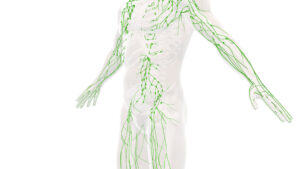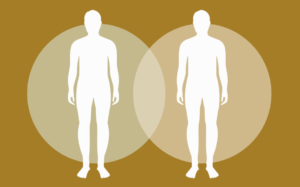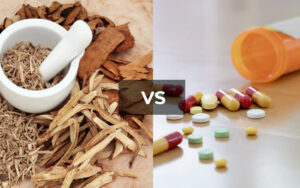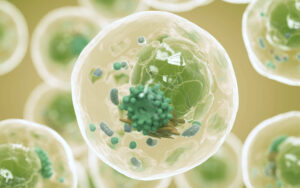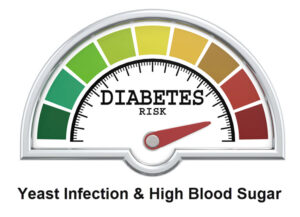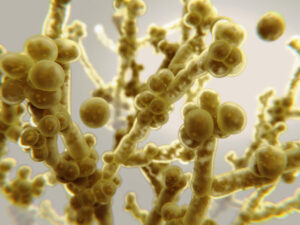The human body is made up of trillions of cells. They create the body’s structure, absorb and convert nutrients from food to energy, and engage in other special functions.
Damaged cells
Toxins, chemicals, nutritional deficiencies, viruses, bacteria, and other pathogens can injure cells.
When a cell is damaged, it releases histamines—chemicals that travel through the lymph system and activate a particular type of white blood cell (leukocytes) stored in the lymph nodes.
After activation, the white blood cells follow the trail of histamines back to the damaged cells. They cause blood vessels to swell (inflammation), allowing more blood to flow into the injured area.
The blood contains the nutrients (oxygen, carbohydrates, proteins, and water) the white blood cells need to heal the body.
Without enough nutrients (food), white blood cells won’t function properly. This can cause damaged cells to starve and organs to fail.
The cause of chronic inflammation
Sometimes, the inflammation caused by the white blood cells becomes chronic. This happens when the white blood cells cannot find and eliminate the cause of the cell damage. When cell damage continues, so does the swelling of blood vessels and the release of blood (nutrients) into the area.
Inflammation is not meant to be chronic. It indicates an untreated health condition that can cause more severe health problems,
Summary
- Toxins and germs can damage cells
- When white blood cells follow histamines back to damaged cells, they can cause blood vessels to swell, also known as inflammation
- Chronic inflammation occurs when white blood cells can’t find and eliminate the cause of damaged cells.
Do you have chronic inflammation? The right detox can get rid of the toxins and germs causing inflammation and preventing your body from healing itself. For more information, contact us today at (213) 999 – 5577 or schedule a free consultation with Dr. Kwang.




